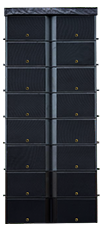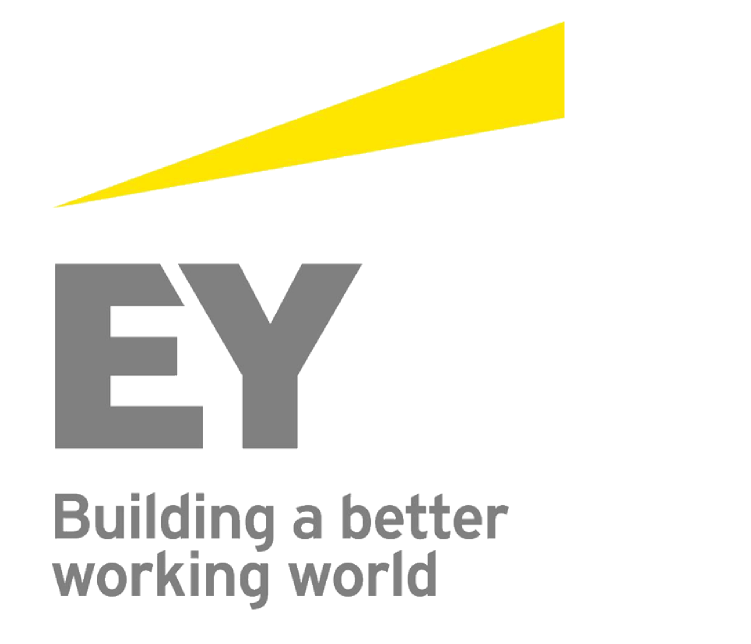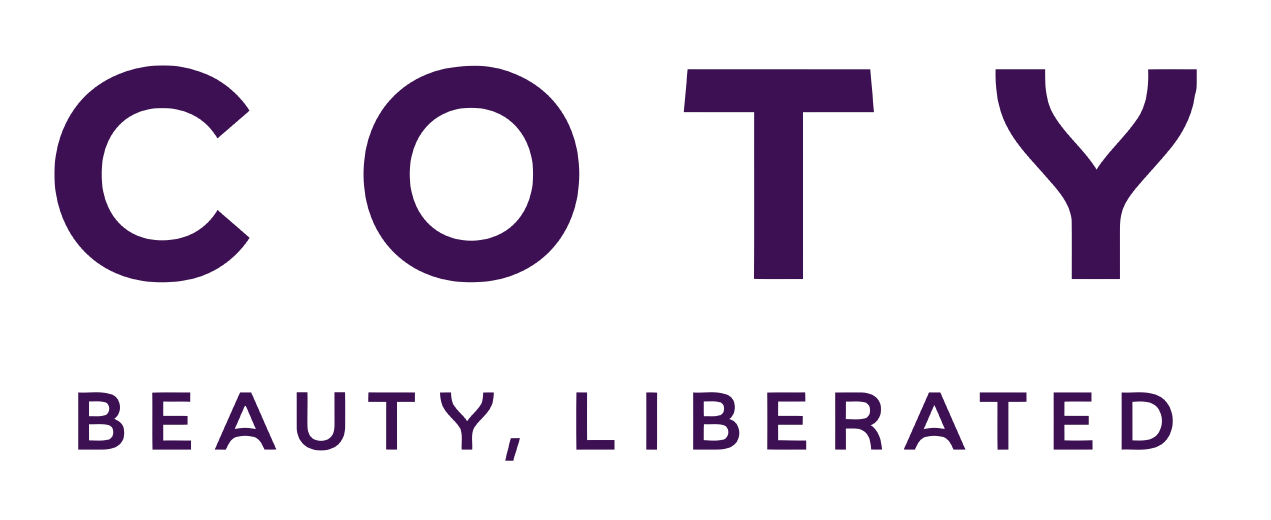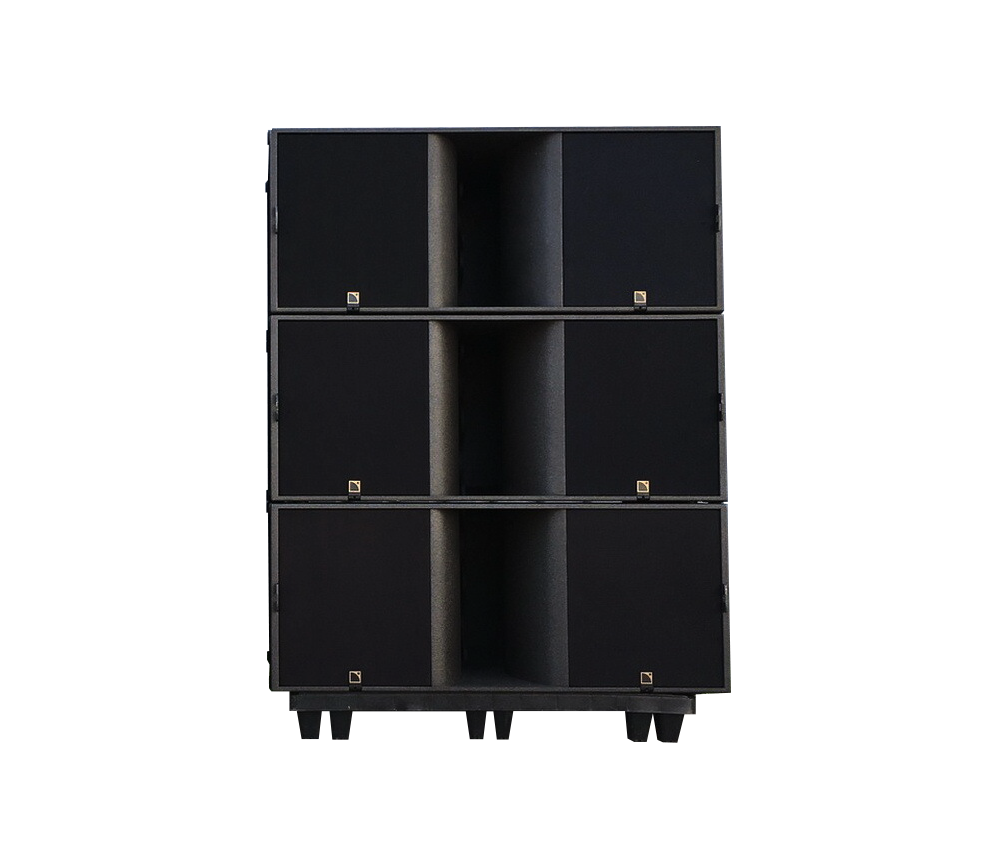Projector screen vs wall: Which is better for your setup?
Feb 13, 2025Projector screen or wall - which is the better choice for your setup? Discover the pros and cons of each option to enhance your viewing experience!
A high-quality visual setup is key to keeping your audience engaged at any event. While a projector is essential, the surface you project onto plays a crucial role in image clarity and brightness. Should you invest in a projector screen, or can a plain wall do the job? In this post, we’ll explore the differences between the two to help you make the best choice for your event.
Criteria for comparison for projector on screen vs wall
Choosing between a projector screen and a plain wall can significantly affect your event’s viewing experience. Let’s compare their key differences to see which option works best.
Texture of reflective surface
One of the most important factors affecting image quality is the texture of the surface where the projector's light lands. A projector screen is specifically designed with a smooth, uniform surface that ensures even light reflection, resulting in crisp details, sharp contrast, and vibrant colors. Many high-end screens even feature special coatings to enhance LED display brightness and prevent distortion.
On the other hand, a wall - even if it appears flat - often has small imperfections such as bumps, uneven textures, or cracks. These surface irregularities can cause light to scatter inconsistently, leading to blurry or distorted images. Unless the wall is professionally prepared with a smooth finish, it may not provide the same clarity and precision as a projector screen.

Criteria for comparison for projector on screen vs wall
Color
Color reproduction plays a crucial role in delivering a high-quality projection. A projector screen is available in optimized shades such as pure white, gray, or silver, all designed to enhance color vibrancy and contrast. White screens maximize brightness, making them ideal for dark environments, while gray screens help improve black levels and contrast in rooms with ambient light.
In contrast, a regular wall is not engineered for accurate color representation. Even if it is painted white, standard wall paint lacks the reflective properties of a dedicated screen, leading to less vibrant colors and reduced contrast. Special projector paints can help improve image quality, but they still don’t match the performance of a well-designed screen.
Flexibility
Event setups often require flexibility, and projector screens offer multiple options to accommodate different needs. From fixed-frame screens for permanent installations to retractable or motorized screens for adaptable spaces, screens provide various choices. Portable screens can also be moved and set up anywhere, offering convenience for different venues.
A wall, however, is a fixed structure, limiting adaptability. While it provides a large surface for projection, its location cannot be changed. This makes it less ideal for dynamic event spaces where screen positioning needs to be adjusted frequently.
Display frame
One often overlooked advantage of projector screens is the black border that frames the projection area. This border helps improve perceived contrast and focuses the audience’s attention on the image, making visuals appear sharper and more defined.
A wall, on the other hand, lacks a natural frame. Without a clear boundary, the projected image can blend into the background, reducing its visual impact. This may not be a major issue for casual viewing but can be noticeable in professional event settings where presentation quality matters.
>> Read more: LED Display vs Projector: Which Is the Right Choice for Your Event?
Lighting conditions
Lighting plays a crucial role in projection clarity. Many modern projector screens are equipped with ambient light rejection (ALR) technology, which reflects only the projector's light while absorbing or deflecting ambient light sources. This feature helps maintain image sharpness even in well-lit environments, making screens an excellent choice for daytime events or brightly lit venues.
A wall, however, lacks this capability. Any surrounding light in the room, whether from overhead lighting, windows, or reflection, can cause a "washed-out" effect on the projected image, reducing brightness and contrast. In darker environments, this issue is less noticeable, but in spaces with significant ambient light, a screen will deliver much better results.

Projector screens vs walls: The impact of ambient light
Installation costs
From a budget perspective, using a wall for projection may seem like the cheapest option. However, achieving good results often requires additional preparation, such as smoothing the surface, applying special projection paint, or even installing blackout curtains to control lighting. These enhancements can add up, making the overall cost less economical than expected.
A projector screen, while requiring an initial investment, provides consistent high-quality visuals with minimal maintenance. Depending on the type of screen chosen, it can last for years, making it a worthwhile investment for businesses and event organizers who require professional-grade projections.
Projecting onto a screen
Projecting onto a screen is a widely used method for displaying visuals in homes, offices, and events. A dedicated projector screen enhances image clarity, brightness, and color accuracy for a superior viewing experience.
Types of projector screens
There are several types of projector screens, each designed for different needs and environments. Tripod projection screens are lightweight, portable, and supported by one or more tripods, making them ideal for classrooms, meetings, and presentations. They are typically compact, easy to store, and often come with a protective case to prevent dust buildup. Due to their affordability and convenience, they are commonly used in schools, churches, and restaurants.
Fixed projection screens are a popular choice for home theaters and permanent installations. Mounted on a wall, they provide a smooth, tensioned surface that enhances image quality. These screens often have a surrounding black border that helps frame the projected image, improving contrast and focus. Because they are fixed in place, they require careful installation and cannot be moved easily.
Floor projection screens feature a sturdy base and a manual or motorized mechanism for raising and retracting the screen. They are available in various sizes, from small portable options to larger fixed models. A supporting rod at the back ensures stability, keeping the screen straight during use. These screens are often used for presentations and temporary setups in offices or conference rooms.
Retractable projection screens are designed for spaces where the screen should remain hidden when not in use. They can be manual or motorized and are commonly installed in homes and offices. Their space-saving design makes them highly versatile, and they can be mounted on walls or ceilings.
Electric projection screens offer the most convenience, as they can be operated with a remote control or wall switch. These screens are often installed in conference rooms, auditoriums, and high-end home theaters. Because they use a motorized system, they require a power source but provide effortless operation and a sleek, modern appearance.
Each type of projector screen has its advantages, and the right choice depends on factors such as portability, ease of installation, and the intended use.

Types of projector screens
Advantages of projector screens
One of the biggest advantages of using a projector screen is the superior image quality it provides. Unlike a plain wall, which can absorb light and reduce brightness, projector screens are made with reflective coatings that enhance contrast, sharpness, and color accuracy. This results in a more vibrant and detailed image.
Another major benefit is the ability to achieve a large display size at a fraction of the cost of a similarly sized television. While large TVs can be expensive and difficult to install, projector screens can easily scale up to 100 inches or more without a significant price increase.
Additionally, many projector screens are portable and versatile, allowing users to set them up in different locations as needed. This makes them a great option for those who need a flexible display solution. From a cost perspective, projectors and screens offer a more affordable way to create a cinema-like experience compared to purchasing an ultra-large television.
Disadvantages
Despite their many benefits, projector screens also come with some drawbacks. One of the main limitations is that they require controlled lighting conditions for the best viewing experience.
While some high-quality screens can reject ambient light, most standard screens perform best in dim or dark environments. Bright rooms can cause the projected image to appear washed out, reducing visibility and clarity.
Another challenge is the setup and maintenance required. Unlike televisions, which are plug-and-play devices, projectors and screens need proper installation, calibration, and occasional adjustments to maintain optimal performance. Some screens, especially lower-end models, may also have limited viewing angles, meaning the image quality can degrade when viewed from extreme sides.
Additionally, using a projector screen requires additional equipment such as a projector, mounting hardware, and often external speakers, which can add to the overall cost and complexity of the setup.
Use cases
Projector screens are widely used in various applications due to their ability to provide large, high-quality displays. In-home theaters, create an immersive movie-watching experience, allowing viewers to enjoy films with cinema-level picture quality. In business environments, they are essential for presentations, meetings, and conferences, ensuring clear and professional visual displays.
Educational institutions also rely on projector screens for lectures, training sessions, and online learning, as they enable large groups to view content easily. Gamers benefit from projector screens by enjoying an expansive display that enhances the gaming experience. Additionally, outdoor events such as movie nights, sports screenings, and public presentations frequently utilize portable projector screens, offering a convenient and scalable display solution.

Projector screens are widely used in various cases
Projecting onto a wall
Projecting onto a wall offers a budget-friendly and convenient solution when a screen is unavailable. However, factors like texture, color, and lighting affect the image quality.
Advantages
One of the main advantages of projecting onto a wall is the cost savings. Unlike projector screens, which require a separate purchase and installation, a wall is readily available and does not add to the overall expense.
This makes it an attractive option for those who want a budget-friendly setup. Additionally, convenience and space-saving are key benefits. Without the need for a physical screen, there is no extra equipment to set up, store, or maintain. This is particularly useful in smaller spaces where installing a screen might not be practical.
Another advantage is flexibility. A wall allows for a large projection size without the constraints of a fixed screen. As long as the wall is big enough, users can adjust the projector’s distance to create a display of virtually any size. This can be beneficial for casual entertainment, gaming, or spontaneous presentations where a quick setup is needed.
>> Read more:
How Much Does an LED Video Wall Cost?
How to determine how many LEDs are in my video wall?
Disadvantages
Despite its convenience, projecting onto a wall comes with several drawbacks. The most significant issue is image quality. Unlike projector screens, which are designed to enhance brightness and color accuracy, walls tend to absorb light rather than reflect it. This can result in a dull and less vibrant image, especially in well-lit environments.
Additionally, wall texture and color can negatively impact the projection. Uneven surfaces, bumps, or imperfections can cause distortions and reduce image sharpness. A smooth, white wall is ideal, but even then, it may not provide the same level of contrast and clarity as a specialized screen. Dark-colored or glossy walls can further degrade the viewing experience by affecting brightness and reflection.
Another limitation is the lack of portability and adjustability. While projector screens can be moved or retracted when not in use, a wall is a permanent surface. This means the viewing experience is restricted to a fixed location, which may not always be ideal for different viewing angles or setups.
Ideal use cases
Projecting onto a wall is best suited for casual home entertainment, such as watching movies, gaming, or streaming content in a relaxed setting. It is also a practical option for temporary or impromptu presentations, where setting up a screen is not feasible. In classrooms or offices, it can serve as a backup solution if a projector screen is unavailable.
For the best results, the wall should be smooth, white, and free of any textures or imperfections. While it may not match the performance of a dedicated screen, it remains a viable alternative for those seeking a simple and cost-effective display solution.

Projecting onto a wall
Should you choose a projector screen or wall projection
Deciding between a projector screen and wall projection depends on several factors, including room size, content type, and budget. Understanding these factors can help determine the best option for your needs.
Consider room size and layout
The size and layout of the room play a crucial role in the decision. A dedicated projector screen is ideal for larger spaces such as home theaters, conference rooms, or classrooms, where a smooth, high-quality display is essential. Screens also work well in rooms with controlled lighting, as they enhance brightness and contrast.
In contrast, wall projection may be more suitable for small or multi-purpose rooms where installing a screen is not practical. If space is limited, using a plain wall eliminates the need for additional equipment and storage. However, to achieve the best results, the wall should be smooth, white, and free of imperfections.
Type of content being projected
The nature of the content being displayed is another key factor. High-definition movies, business presentations, and detailed visuals benefit from a projector screen, as it enhances sharpness, color accuracy, and contrast. This is especially important for professional settings, where clarity and visual impact matter.
For casual entertainment, gaming, or temporary use, projecting onto a wall may be sufficient. If the content does not require precise color accuracy or high contrast, a well-prepared wall can still provide a decent viewing experience. However, for darker scenes or text-heavy presentations, a projector screen will always deliver better results.

The nature of the content being displayed is another key factor
Budget
Budget constraints often influence the choice between a projector screen and a wall. Projector screens vary in price, with basic tripod or pull-down models being relatively affordable, while high-end fixed or motorized screens can be expensive. If budget is a concern, a simple painted wall can serve as a cost-effective alternative.
However, investing in a projector screen is worthwhile if image quality is a priority. Even budget-friendly screens provide better light reflection and contrast than a standard wall. For those seeking a middle ground, specialized projector paint can improve wall projection quality without the cost of a full screen.
When choosing between a projector screen and wall projection, the best option depends on your needs, budget, and viewing environment. A projector screen delivers superior image quality, brightness, and contrast, making it ideal for professional presentations, home theaters, and business events. Meanwhile, wall projection offers a cost-effective and convenient alternative for casual use, provided the wall is properly prepared.
For those seeking a hassle-free, high-quality projection setup, AV Vietnam offers complete projector and screen rental services, ensuring sharp, vibrant visuals for your events, meetings, and entertainment needs. With professional-grade equipment and expert support, we help you create the perfect viewing experience. Contact us today at (+84) 939 311 911 - (+84) 918 640 988 to find the best solution for your setup!






